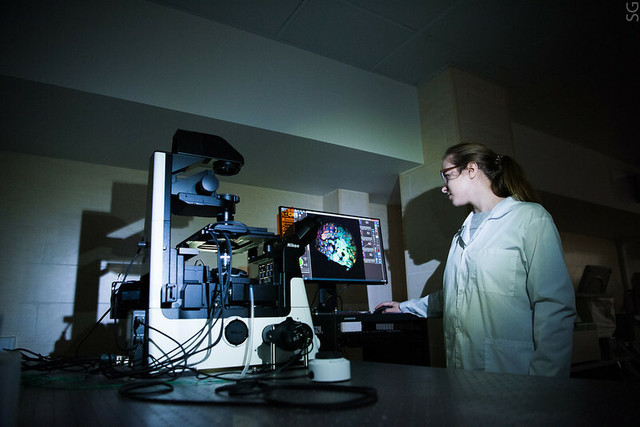A team of NUST MISIS scientists, together with colleagues from Russia and Germany, presented a detailed study of magnetite and gold nanoparticles-hybrids. In the future, such nanoparticles can help in theranostics - diagnosis and subsequent therapy of oncological diseases.

Scientists have been developing magnetic nanoparticles for theranostics (a combination of diagnostics and therapy) based on magnetite (Fe3O4) for several years. Recently, the next stage of fundamental research was completed - together with colleagues from Moscow State University. Lomonosov, RKhTU them. Mendeleev, the Russian National Research Medical University and the University of Duisburg-Essen (Germany), scientists have studied the formation of hybrid magnetite-gold nanoparticles. It is widely known that this precious metal is well accepted by the body; its role is to ensure the biocompatibility of the dimer (complex structure).
Scientists examined the nucleation, growth and faceting of magnetite-gold nanohybrids by taking liquid samples from the reaction mixture during the synthesis process. For this, X-ray phase analysis, transmission electron microscopy, and vibromagnetometry were used.
“We observed two successive processes during the formation of magnetite. First, the growth of spherical magnetite nanoparticles on primary gold nuclei at temperatures up to 220 ° C. Secondly, there is a gradual faceting of iron oxide nanoparticles to octahedrons at the boiling stage from 240 to 280 ° C with a constant volume of nanoparticles, ”comments Ulf Widwald, research participant, associate professor at the University of Duisburg Essen.
This is the most detailed analysis of the properties of the preparation of dimeric nanoparticles with magnetite ever carried out. The scientists note that the data they obtained allow them to control the size and shape of nanoparticles due to the ability to control the parameters of a chemical reaction. In the long term, this will help to scale up the production of theranostic nanoparticles to serial.